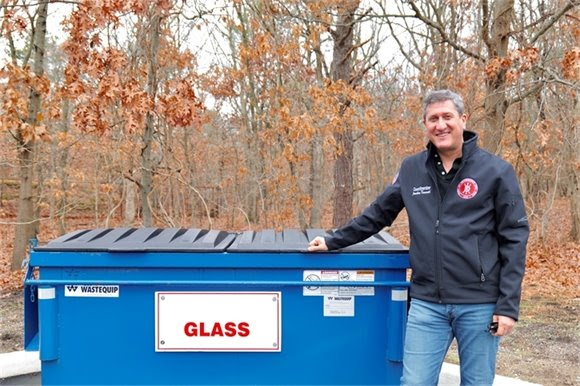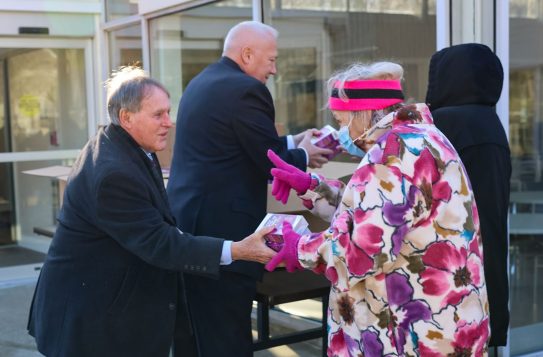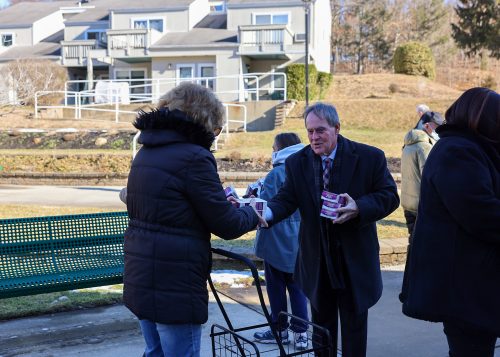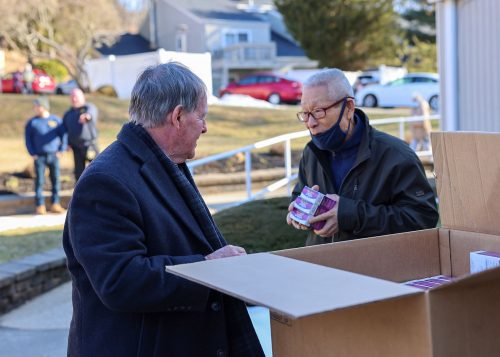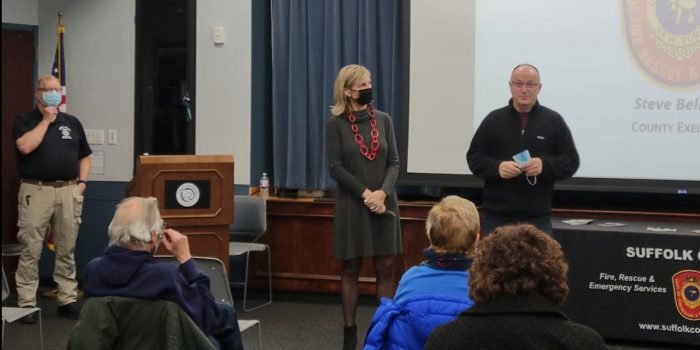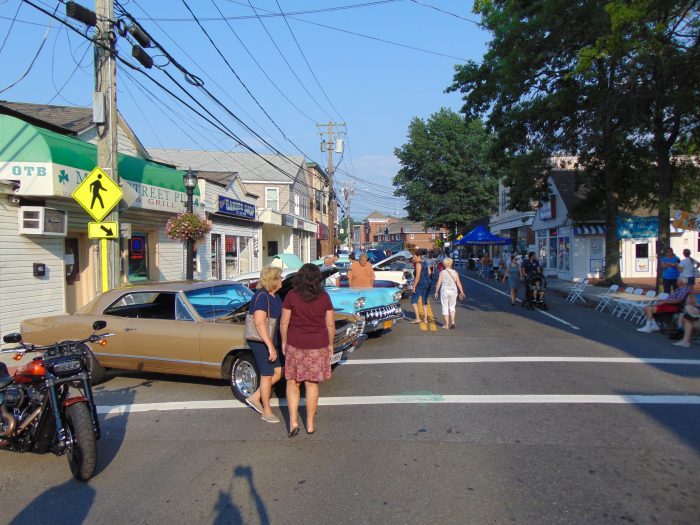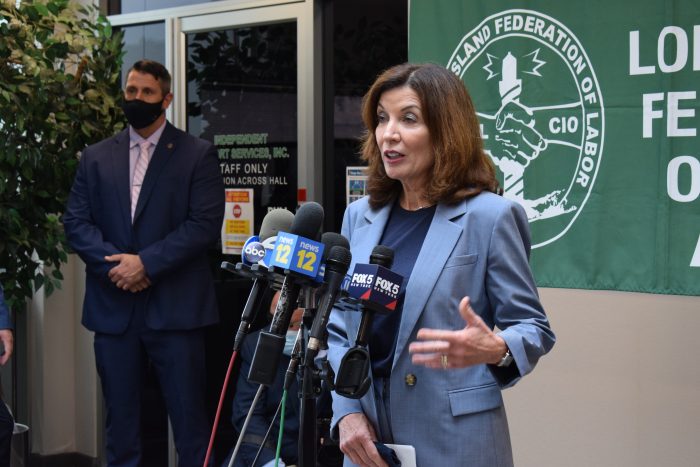By Raymond Janis
Attorneys representing the Kings Park Community Association and the Long Island Pine Barrens Society have filed a $198 million lawsuit against Suffolk County over a sewer fund they claim was unlawfully depleted.
The Assessment Stabilization Reserve Fund was originated as part of the Suffolk County Drinking Water Protection Program, which was established in 1987. The program addressed ballooning sewer rates and volatility across sewer districts using a 0.25% sales tax to subsidize ratepayers and cap rate increases at 3%. After a 2020 voter referendum, the county reformulated the rate structure in Suffolk County Sewer District #6 – Kings Park, increasing rates by 452%, according to Michael Rosato, president of the community association.
In explanation, Peter Scully, deputy county executive for administration, said in a phone interview, “The prior rate structure was inequitable and would have disadvantaged residential property owners in the sewer district. The changes rectified that and made sure sewer ratepayers generating significantly more sewage paid their fair share.”
In a letter sent to Sewer District #6 homeowners Dec. 7, 2020, County Executive Steve Bellone (D) had justified raising sewer rates to mitigate wide discrepancies in operating costs across Suffolk.
“Property owners in the district have been undercharged for years, and revenues collected do not come close to covering operating expenses,” Bellone said in the letter. “The average Suffolk County sewer ratepayer paid $585 in sewer charges this year,” adding, “By comparison, the average homeowner in Sewer District #6 was billed $78.74.”
Rosato, who is also a part-time aide in the office of county Legislator Rob Trotta (R-Fort Salonga), claimed Bellone illegally raised rates in Sewer District #6 beyond the 3% threshold, violating the terms of the program.
“In 2020 Bellone put a very misleading referendum on the ballot that he felt allowed him not to pay that fund back and to continue taking money out of it to pay for operating expenses,” Rosato said in a phone interview. “After raiding $198 million out of the fund, he raised Kings Park sewer rates 452%.”
The Pine Barrens Society is a named plaintiff in the lawsuit and has sued Suffolk County repeatedly since 2011 over this sewer fund. According to Rosato, the county demonstrates a pattern of budgetary mismanagement, sewer fund meddling and legal stonewalling.
“In 2011, County Executive [Steve] Levy [D] took $29 million out of that sewer stabilization fund to cover budget holes,” Rosato said. “He was sued by the Pine Barrens Society and the Pine Barrens Society won that lawsuit. Bellone became county executive soon afterward and he subsequently took $171 million out of that fund for operating expenses.”
In the current lawsuit, the Pine Barrens Society challenges Proposition Two, which was the 2020 referendum that authorized the county to use the sewer fund to effectively avoid service cuts and layoffs. Paul Sabatino, co-counsel representing the Pine Barrens Society, said the referendum had no legal basis.
“Proposition Two, when you cut through all the smoke, does two things. It unilaterally repudiates the judgement for $29 million and it unilaterally repudiates the balance of the [$171 million] payment.” Sabatino said in a phone interview. “A county cannot pass a charter law that unilaterally reverses a judicial decree and it cannot adopt a charter law that unilaterally repudiates a settlement agreement. Whether you do it with or without the voters, there is no authority.”
Scully disagreed with this legal reasoning. He said the Pine Barrens Society insisted in prior litigation that voter approval is paramount but is now reversing course completely.
“What’s going on here, ironically, is that the Pine Barrens Society is taking the position that voter approval should be disregarded and that the voters’ approval of Proposition Two in 2020 should be overturned,” Scully said. “I’ve been involved in government for 37 years and this is probably the most bizarre lawsuit I’ve ever seen.”
County voters approved Proposition Two by a margin of 54% to 46%. However, county Legislator Trotta said voters did not understand the intent of the ballot measure.
“The law is very clear about how a referendum has to be put on the ballot,” he said in a phone interview. “It has to be clear and concise, but most people had no idea what they were voting for. Politicians pride themselves on using uninformed voters and manipulating them.”
Scully contended that Trotta and the Pine Barrens Society conducted a lengthy media campaign against Proposition Two in 2020, but voters approved the ballot measure anyway.
“In the weeks prior to the referendum, Legislator Trotta and others were very vocal in bringing their concerns to the attention of the public through the media,” Scully said. “The voters appeared to summarily reject those concerns. People seemed to understand clearly what they were voting on. They voted for financial stability and they spoke with a very clear voice.”
The lawsuit comes on the heels of a major initiative to bring sewers into downtown Kings Park. The sewer stabilization fund and the downtown extension are fiscally unrelated, sourced from separate revenue streams. Scully said that while construction can move forward as planned, the modified rate structure will impact the business district when the project is complete.
“The project can move forward but the rate structure continues to be at risk,” Scully said. “Had the Legislature not modified the rate structure, residential customers in the sewer district would end up in some instances paying higher rates than businesses that generate significantly more sewage.”
Trotta accused the administration of intentionally muddling these two distinct sewer issues to confuse community members and generate fear that the extension project may be derailed.
“They’re totally unrelated,” he said. “What this administration tries to do is tie them together to scare people. They use scare tactics.”
Acknowledging that the two issues remain separate for now, Sabatino implied that the legal principle at stake could affect the downtown sewer extension in the future.
“The legal principle of this lawsuit is important because if they believe they have the ability now to unilaterally evade the 3% cap for Kings Park, then what will stop them from doing that for the extension five years from now?” Sabatino said.
Sabatino argued that fixed-rate increases and rigid percentages were put in place to prevent county officials from depleting the fund at will. He said this lawsuit will determine whether or not those officials remain bound by these requirements.
“If you don’t tie up the hands of elected officials, over time when they see a large pot of money it’s going to be gone,” he said. “You have to tie their hands and do it in a way that is truly effective. It’s the law of political human nature.”
Scully said the Pine Barrens Society has lost credibility due to this lawsuit.
“It’s really kind of sad what has happened with regard to the Long Island Pine Barrens Society, which is no longer a credible voice for environmental protection in Suffolk County,” he said.



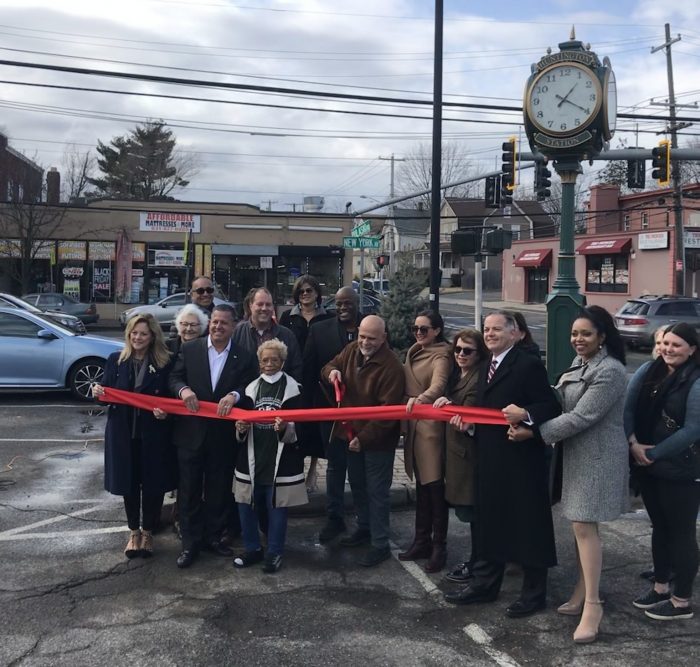
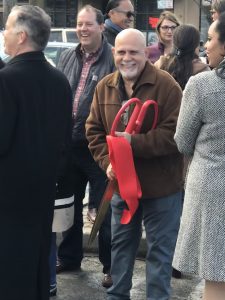
 “This BID has really done a lot of wonderful things,” she said. “This is a wonderful gift, a gift that we will all continue to enjoy for years.”
“This BID has really done a lot of wonderful things,” she said. “This is a wonderful gift, a gift that we will all continue to enjoy for years.”

